 |

|
| Home | Systems | Research | Publications | People | Contact |
| RESEARCH GROUPS @ CIRES > |
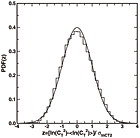
Turbulence Variability
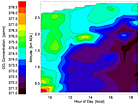 CO2 Concentrations
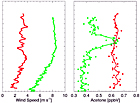
Trace Gases
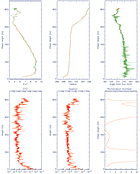 NBL Structure |
Research ApplicationsThe potential uses of the TLS for atmospheric research are numerous. Thanks to its portability and ease of operation, the TLS provides a unique way of profiling the lower part of the atmosphere and of monitoring specific regions for long periods of time. To study atmospheric boundary layer properties and dynamics, a sensitive turbulence package was developed to provide unprecedented high-resolution in situ measurements of temperature, velocity, and turbulence. The system was flown in small projects as well as part of larger field experiments. Small projects include TLS measurements of the atmospheric turbulent profiles above a potential development site for an observatory at Mauna Kea, Hawaii, and measurements of trace gases, carbon dioxide concentrations and aerosol size distributions for various atmospheric chemistry studies in the arctic. During multi-instrumented field campaigns such as CASES-99 and Pentagon Shield, the TLS primary purpose was to provide field verification data for remote sensing instruments such as lidars and radars which remotely monitored and measured the wind and turbulent conditions. For example, the high-resolution TLS turbulence measurements were used to verify lidar-derived turbulence profiles. TLS data are also highly suitable for fundamental research as it provides unique high-resolution measurements of velocity, temperature, and turbulence at heights which are above reach for instrumented towers and with a much better spatial resolution than what radiosondes or instrumented aircraft provide. A few of the various TLS/PPC applications are presented in more detail in these pages:
Note that applications of the TLS for atmospheric research are not limited to the research areas cited above. The group is constantly looking for innovative ways of using the TLS or PPC for research projects. For example, the group is currently investigating the possibility of using the TLS for wind energy research (measurements of velocity, stability and turbulence above tower heights, inexpensive site-specific measurements, offshore measurements from floating platforms, etc ... ). |
 Turbulence Statistics
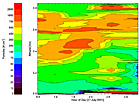 Aerosol Distribution
 Field Verifications

Wave-Turbulence Inter |